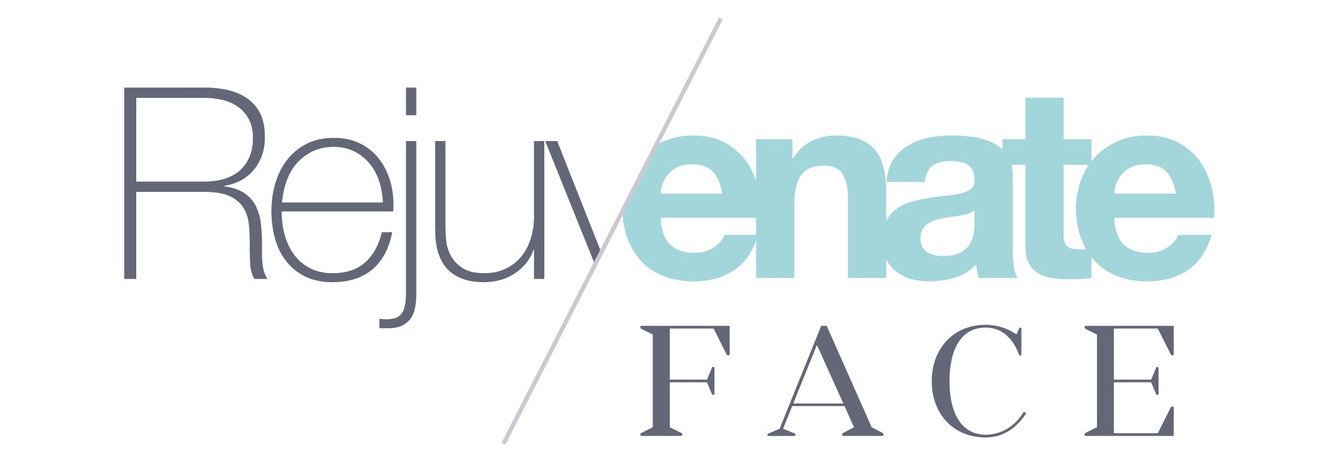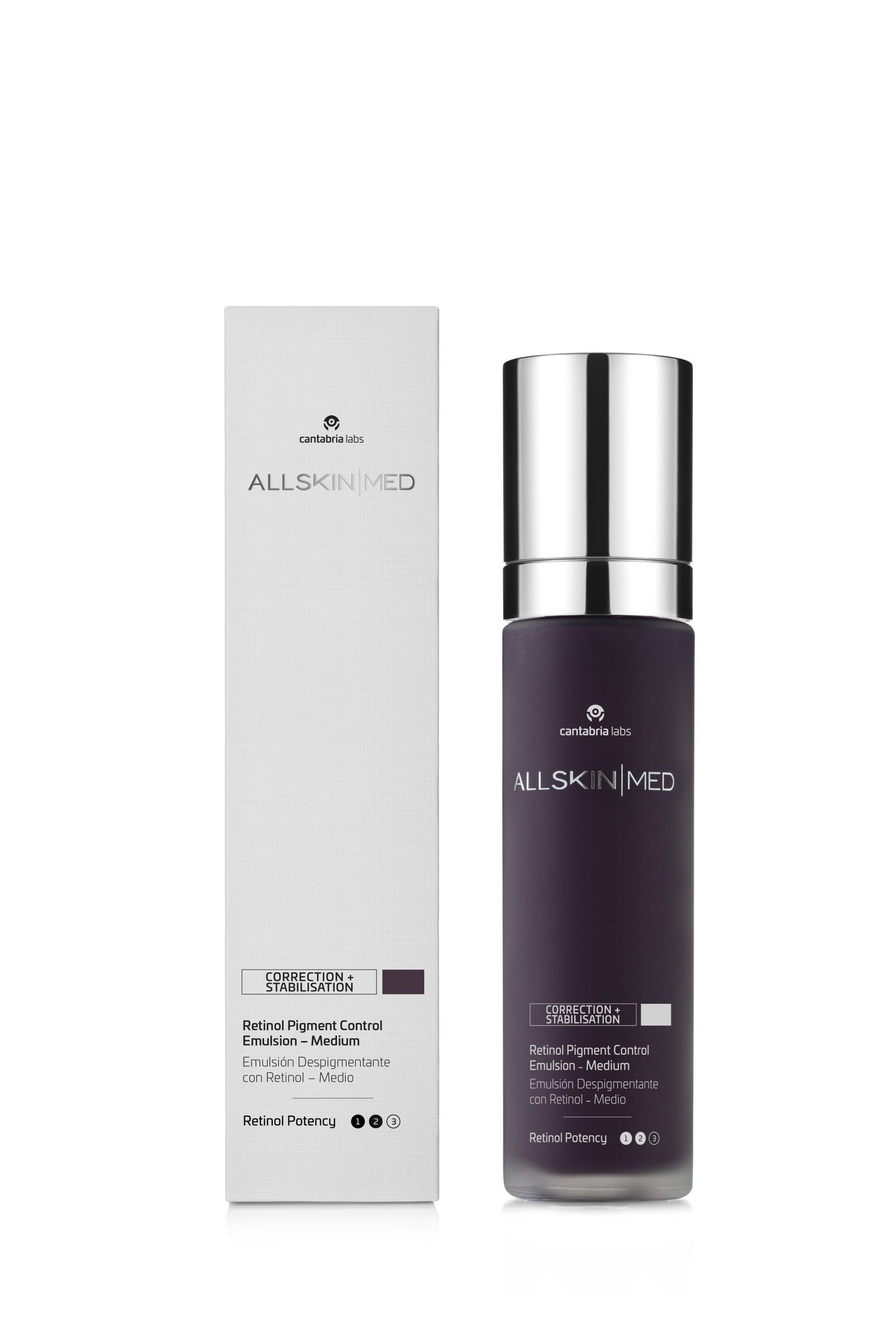
Retinol Skincare: Unveiling the Science Behind the Anti-Ageing Powerhouse
Retinol skincare reigns supreme in the anti-ageing skincare arena. Backed by extensive research, it’s earned its reputation for combating fine lines and sun damage. But with all the hype, confusion can cloud the facts. This four-part guide will dissect the world of retinol skincare, allowing you to make informed choices for your skin.
- Part 1 – Demystifying Terminology
- Part 2 – The Key to Effectiveness – Manufacturing and Packaging
- Part 3 – Taming the Tingle: Combating skin irritation and Application Tips
- Part 4 – Unveiling Our Top Picks (and why)
Demystifying Terminology
Retinoids are a potent anti-ageing weapon, but navigating their complexities can be daunting. This guide equips you with the knowledge to choose the right retinol skincare and unlock its full potential for a radiant, youthful complexion.
In this Guide We’ll delve into:
- Generations of Retinoids: Explore the evolution of retinoids and their varying strengths.
- The Retinol Conversion Process: Understand how retinoids work within the skin.
- Prescription vs. OTC Retinol Skincare: Weigh the pros and cons of each option.
- Types of Retinoids: Learn about the various classifications and their uses.
What is a retinoid?
Scientifically, a retinoid is any substance that acts on a retinoid receptor.
What do retinoids do?
Binding to a retinoid receptor results in several anti-ageing effects on the skin, such as:
- Preventing the breakdown of “old” collagen.
- Building new collagen.
- Replacing old skin cells.
- Repairing damaged skin cells.
- Protecting the skin from ageing free radicals
As a result, skin thickness increases, skin becomes much smoother, and fine lines and wrinkles are softened.
The downside to retinoids
Retinol skincare is well known for irritating and flaking the skin, which is the main reason people tend to give up using them.
This is a shame as this is a good sign that retinol skincare is working; it occurs because either the cream has been misapplied or it is too strong (see part 3 – coming soon).
Retinoids can also take nine months to one year before improvements can be seen. This is another reason retinoids, your most important skincare ingredient, often get forgotten about and left at the back of the shelf.
The emergence of Retinoic acid
The first retinoid used on the skin was retinoic acid (Retin A). Retinoic acid is also known as Tretinoin or ATRA (All-Trans-Retinoic Acid). It was first used to treat acne in 1971 and is still used today.
Generation of retinoids
Based on their introduction, retinoids can be classified into four generations. The latest generation has an entirely different structure from vitamin A.
Skin irritation with retinoids
Retinol skincare can cause a temporary skin reaction known as retinoid dermatitis. This is more common with tretinoin, and the higher the % of retinol. With the latest technology, such as Retinsphere manufactured by Cantabria Labs (a company that also makes Heliocare and AllSkin | Med), skin irritation with retinoids has become less of a problem.
So, where does retinol fit in?
Did you know retinol is converted into retinoic acid when applied to the skin? The advantage of retinol is that it is less irritating than higher-strength retinoic acid (Tretinoin). As retinol is better tolerated, it is the most common retinoid ingredient in skin care creams. Another big advantage is that retinols do not need to be prescribed.
Retinol is made in concentrations ranging from 0.1% to 1.0%.
What is retinol converted to?
The body converts retinol into either:
- Retinaldehyde (also known as retinal)
- Retinyl esters (the storage form of vitamin A)
Retinol, Retinaldehyde (Retinal), and Retinyl esters are the most commonly listed and unregulated ingredients in your retinoid skincare creams.
What are retinoids used for?
Skin conditions retinoids improve are
- Wrinkles (also known as rhytids)
- Sun damage
- Acne
- Psoriasis (tazarotene)
Fact: Tretinoin is the only retinoid indicated for sun-damaged skin and wrinkles.
Type of retinoids
Retinoids can be divided into cosmeceutical and therapeutic (or prescription) retinoids.
Prescription retinoids
Therapeutic or Prescription retinoid skincare are stronger than those you get over the counter. And are more likely to work.
As a rule, prescription retinoids have
- Better quality control.
- More transparent labelling (for example, the strength of retinoids they contain).
- More rigorous manufacturing processes.
Good news: You can buy over the counter therapeutic retinoid skin care, such as adapalene. This is a recognition of their overall safety and effectiveness.
By the way, the way that retinoids are manufactured is crucial. See my next post to find out more!
Cosmeceutical retinoids
Cosmeceutical retinoids are regarded as a “cosmetic product” and, as a result, are freely available.
Examples include:
- Retinyl esters (storage forms of retinol with no known biological action)
- Retinol
- Retinaldehyde (retinal)
As a cosmeceutical, they usually have a weak action on the skin, or at worst, none at all.
Most retinol skincare you can get over-the-counter (OTC) fit into this category.
Warning – most cosmeceutical retinoids do not bind to retinoid receptors. So their beneficial effects are less certain, at best unpredictable, or they have no effect at all!
Retinols produce fewer side effects because most do not work.
How do retinoids work?
Retinoids work through two specific types of receptors: retinoic acid receptors (RARs) and retinoid X receptors (RXR).
RARS in more detail
The main effects and side effects of retinoids, such as skin irritation, are mediated through the RARs. Each type of retinoid affects a different receptor, giving a different effect. Knowing about RARS is important. There are three main types of RAR, and the more that are activated, the more side effects a retinoid has. Older retinoids bind to all three. The newer generation of retinoids is more specific and binds to only one or two.
Topical retinoids
Topical retinoids are divided into six classes.
- Tretinoin (all-trans retinoic acid – ATRA)
- Adapalene
- Tazarotene
- Trifarotene
- Alitretinoin
- Bexarotene
Only the first four are used in skincare ingredients.
Is retinol skincare less effective than retinoids?
The tolerability of cosmeceutical retinoids (retinal, retinol, and retinyl esters) makes them preferable to prescription retinoids, but they are not as effective.
All cosmeceutical retinoids are converted to another type of retinoid when they are applied to the skin.
Let us look at how –
Retinyl ester is converted to retinol.
Retinol is converted to retinaldehyde (which appears as “retinal” on skincare labels)
Lastly, retinaldehyde is converted to retinoic acid.
Always remember retinoic acid is the only retinoid that causes a therapeutic effect.
Retinyl esters and retinol, which need 3 and 2 steps to become retinoic acid, are the main reason they are classified as cosmeceuticals (which makes some preparations completely ineffective).
Since retinaldehyde (retinal) requires only one conversion step to retinoic acid, it is considered more potent than the other two.
Confused – so what do you do now?
Retinoids are, without a doubt, the most effective anti-ageing ingredient, but only a few have been FDA-approved.
Whether your retinol skincare or retinoid skincare is working, there may be a good reason.
So check on your retinol skincare label now:
As a rule, if your retinol skincare contains retinol, it will only work if the manufacturing process is right.
If it contains a retinol (or worse, a retinyl ester) with poor labelling, a low percentage, or is presented in an open jar, it is almost guaranteed not to work. See part 2 -the importance of packaging and retinol skincare.



